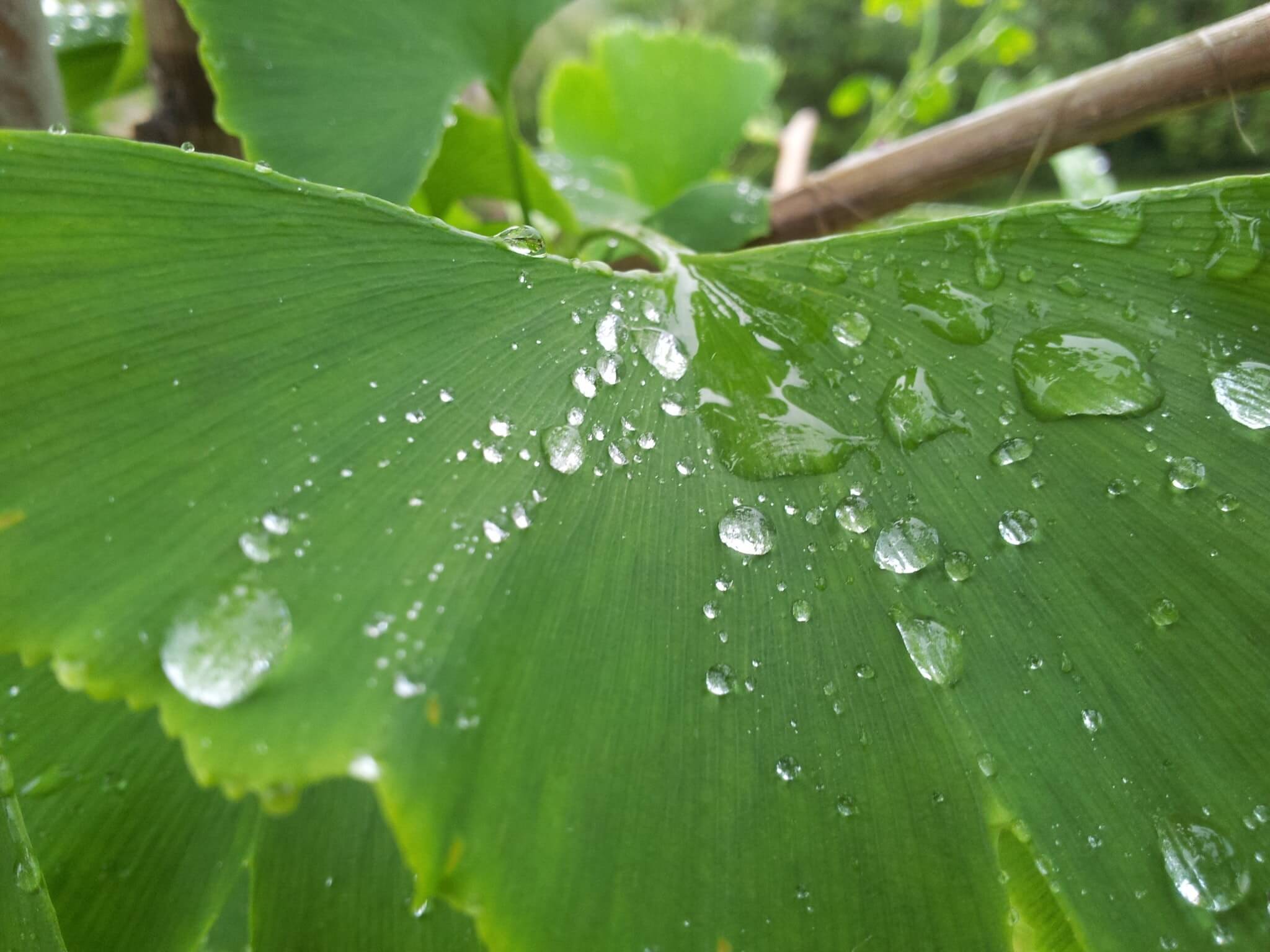The use of materials in industry is leading companies that work with them to search for solutions that allow us to have more sustainability with our environments. In Infinitia, from the Materials Innovation team, we work with IMM (in mould microstructuration) technology to achieve this. In this article we explain what it is, its application and benefits.
IMM technology is used in the materials industry to achieve various functional and aesthetic finishes on the surface of products. Hydrophobic substances, i.e. substances that repel water, are of particular importance in this area. Hydrophobic surfaces have characteristic properties which are referred to as the ‘lotus effect’, due to the similarity of these surfaces to the properties of the lotus leaf, where water runs off the surface and never gets wet.
Normally, certain surfaces and properties are achieved through chemical coatings. However, these treatments have certain limitations: toxicity, durability, difficulty of industrialisation and recycling, high costs, etc. Thus, new solutions are sought because the previous ones are neither eco-sustainable nor long-lasting.
Today’s industrial markets demand high added-value products offering advanced features at a competitive price. In this context, bio-inspired surface structures, containing features at the nano/micrometre scales, offer significant commercial potential for the creation of functional surfaces and new materials.
Surfaces with controlled topographical features are becoming increasingly important due to their ability to provide products with special functionalities, such as antibacterial properties, self-cleaning, friction reduction, safety functions, optics and/or decorative effects, among others. In most cases, these capabilities are related to multi-scale topographies with feature sizes in the micro and nanometre range, generally inspired by natural surfaces (sharkskin, lotus leaves, morpho butterfly or gecko feet).
“By addressing all points of the value chain, many functionalities can be achieved based on how nature has developed over millennia,” says Javier Sanz, CEO of Infinitia. “IMM technology makes it possible to copy nature’s most advanced surfaces to create passive solutions to common problems at a low cost,” adds Javier Graus, Infinitia’s specialist in polymers and nanomaterials.
Shifting the potential of this technique from the research and academic sphere to the professional one, Infinitia has specialised in all phases of the process, with all the difficulties that the practical step entails. “We accompany the client from the beginning, from the design of what they want to do, to the final piece, including the treatment that must be given to the moulds, such as the injection of plastics and their subsequent characterisation,” Sanz specifies.
Although we have experience with all types of materials – ceramics, glass, metals, etc. – IMM technology has been used mainly on plastics and rubber. The application objectives have varied: they may be to select surfaces that are easy to clean, to be bacteria repellent, to reduce condensation or to adhere better to certain types of glue, for example.
At a lower cost and more ‘eco-friendly’, the alternative is to exploit the possibilities offered by this technology. In one of our most recent projects, the customer wanted a plastic surface to dry faster in a given application. By applying IMM technology to the material itself, we avoid coatings, which not only add cost, but also environmental damage. “It is enough to modify the mould. There are no post-processes,” says Graus. “The moment the part comes out of the mould it has everything it needs. You don’t have to take it to another station or machine to do something extra. With this you are not only reducing economic and environmental costs, but you are also eliminating complexity in manufacturing“.





